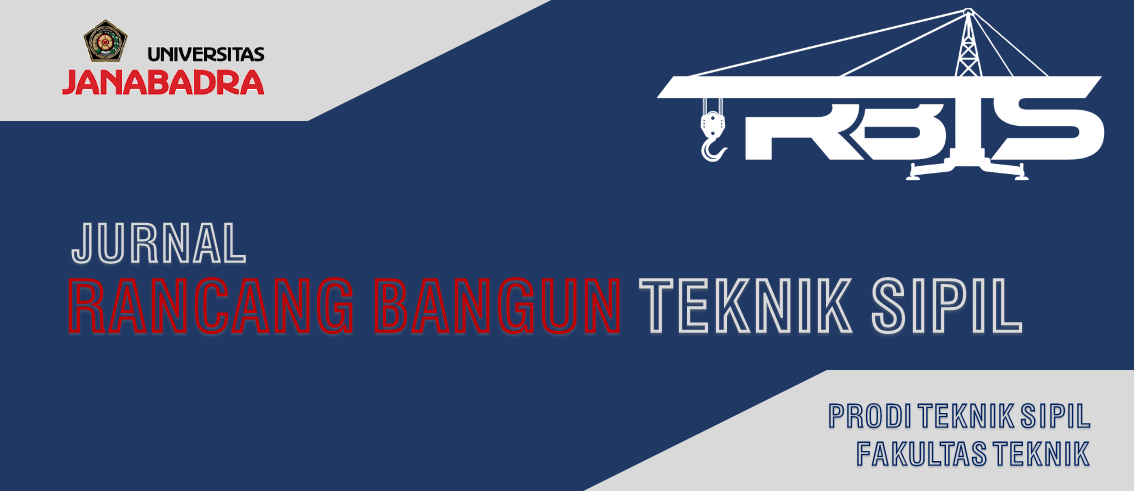Perbedaan Kuat Tekan Dan Porositas Beton Porous Akibat Pemadatan
Sari
Porous concrete is a uniformly graded material consisting of Portland cement, coarse aggregate, little or no fine aggregate, admixture, and water. The compressive strength and porosity of porous concrete are a function of density. Based on these reasons, the research aimed to determine the differences in compressive strength and porosity of the porous concrete due to compaction.
There are four types of aggregate cement ratios used, namely: 4, 5, 6 and 7, and the water cement ratio (wcr) used is 0.35 and 0.40. The admixture used was SicaCim Concrete Additive, with a dose of 7.5 ml / kg of cement. Specimens in this study are porous concrete cylinders. The number of test specimens for each variation was 6 (3 compacted, 3 non-compacted), and the total number of test specimens was 48. Testing of compressive strength and porosity after specimens aged more than 28 days.
From the results of this study it can be concluded that the compressive strength of porous concrete with compaction is greater than without compaction. Porosity of porous concrete with compaction is smaller than without compaction. Unit weight of porous concrete without compaction is smaller than with compaction.Referensi
ACI Committee 522, 2006, Report on Pervious Concrete (ACI 522R-06), American Concrete Institute, Farmington Hills, Michigan.
Abadjieva, T., Sephiri, P., (2000), Investigations on Some Properties of No-Fines Concrete, University of Botswana, Botswana.
Ginting, A., 2015, Pengaruh Rasio Agregat Semen Dan Faktor Air Semen Terhadap Kuat Tekan Dan Porositas Beton Porous, Jurnal Teknik, Volume 5, Nomor 1, Fakultas Teknik, Universitas Janabadra, Yogyakarta.
Harber, P.J., 2005, Applicability of No-Fines Concrete as a Road Pavement, Research Project, Bachelor of Engineering, Faculty of Engineering and Surveying, University of Southern Queensland.
Meininger, R.C., 1988, No-Fines Pervious Concrete for Paving, Concrete International: Design and Construction. Vol 10. No. 8.
Obla, K.H., 2007, Pervious Concrete for Sustainable Development, Recent Advances in Concrete Technology, Washington DC.
SNI 03-1974-1990, Metode Pengujian Kuat Tekan Beton, Puslitbang Permukiman, Departemen Pekerjaan Umum, Jakarta.
Refbacks
- Saat ini tidak ada refbacks.
